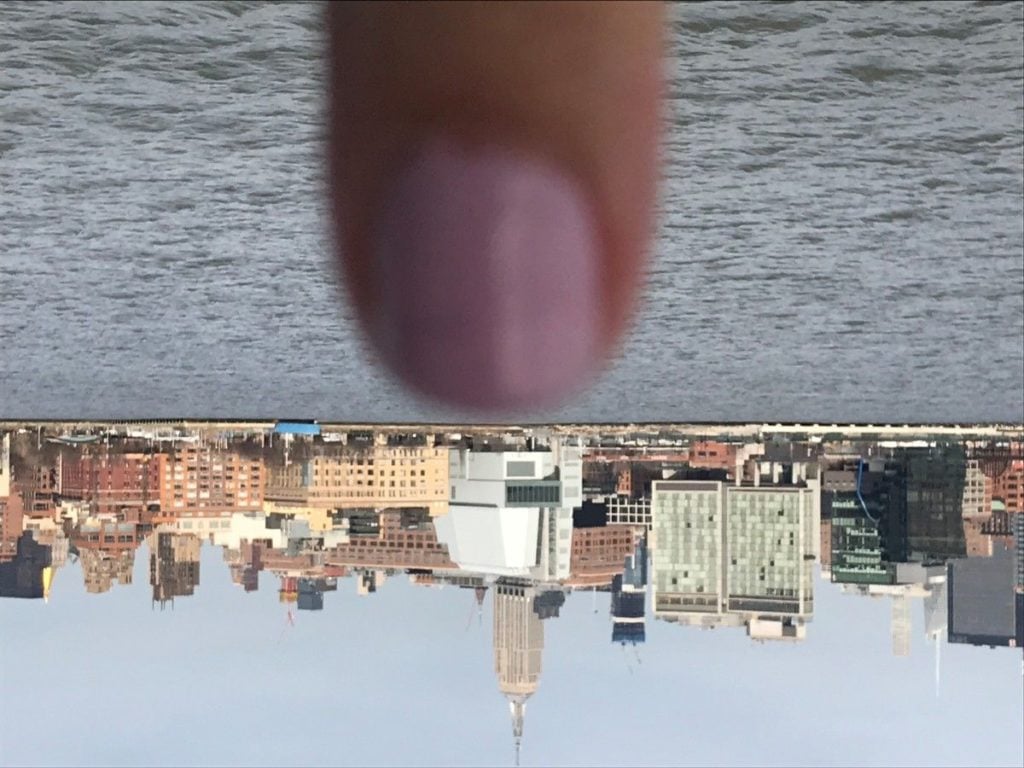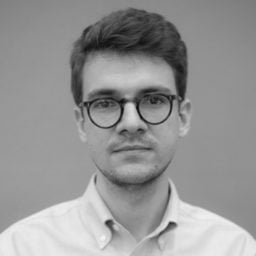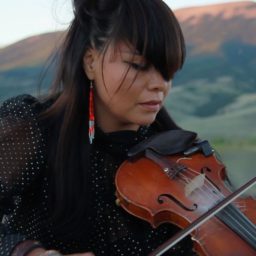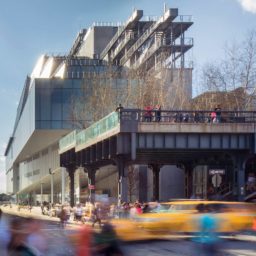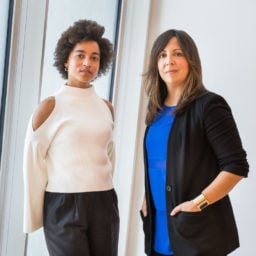How do you organize an exhibition of American art?
Among curatorial challenges, this one ranks as one of the greatest, and since 1932, the question has been at the heart of the Whitney Museum of American Art’s biennial. Every other year, curators must grapple with a similar set of problems. How much should the exhibition represent the US population at large? Should it include foreign-born artists? Should it propel younger artists forward, or reward established ones?
These problems—and the underlying question of who, exactly, qualifies as an American—have suddenly gained renewed urgency as the battle over American values has intensified across the country. And the Whitney, which is no stranger to controversy, has become a testing ground for shifting answers to the same set of challenges.
To examine how the Whitney—and, perhaps, the art world at large—has evolved in its treatment of these questions over time, we surveyed the six most recent Whitney Biennials, including the 2019 edition, to find patterns with regard to the birthplaces of featured artists, their ages, and the cities they live in.
A note on methodology: For artists who present work in pairs or small groups (such as Adam Khalil, Zack Khalil, and Jackson Polys in the 2019 biennial), we have split the group apart to consider each artist as an individual. For the sake of simplicity, we have disregarded larger collectives with shifting membership such as the Bruce High Quality Foundation, which was included in the 2010 exhibition. All of our data is taken from information provided by the museum.
Here are three key takeaways from our analysis.
1. The Percentage of Non-US Born Participants Is Decreasing

The median age of artists in the 2008–19 editions of the Whitney Biennial. © artnet News. Graphic by Lucas Albrecht.
Over the past decade, the total number of artists included in the Whitney Biennial has fluctuated, and sometimes wildly. In 2014, more than 100 artists presented work, nearly doubling the 54 artists included in the previous edition. (On average, about 73 artists have been included in each show since 2008.)
But the percentage of foreign-born participants has been steadily decreasing each year. In 2008, in a show co-organized by Henriette Huldisch, a German-born curator, more than a quarter of the artists included where born abroad, and they hailed from a total of 13 nations. In 2010, that figure dropped to 22 percent, then to 21 percent in 2012. Around 18 percent of the artists in the 2014 and 2017 exhibitions were foreign-born.
This year, only about 17 percent of the artists come from abroad, and from 10 countries. (This final statistic, however, comes with an asterisk: the GCC art collective, which is showing work as a group this year but is not included in our count, includes eight artists who come from Kuwait, Senegal, and Singapore.)
This is also not to say that the more recent editions lack diversity—just that the curators may have been looking within US borders to find it. The majority of artists in this year’s show are nonwhite, and five hail from Puerto Rico, notably more than in previous editions.
2. Younger Artists Are Getting More Attention
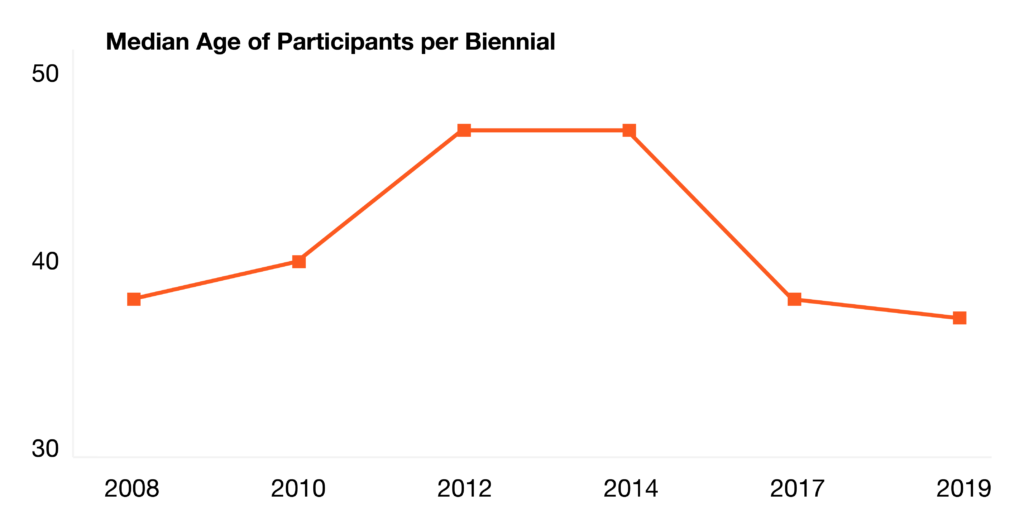
The median age of artists in the 2008–19 editions of the Whitney Biennial. © artnet News. Graphic by Lucas Albrecht.
In the period between 2008 and 2014, the median age of artists in the Whitney Biennial rose steadily, from 38 to 47 years of age. (In 2008, the oldest artist presenting was John Baldessari, who was born in 1931; the youngest was Rashawn Griffin, born in 1980).
There could be a number of reasons for these fluctuations. The least quantifiable is curatorial taste, which varies each year. But this era also coincided with the worldwide financial crisis that began in 2007 and led to the Great Recession, triggering a dip in the art market (Sotheby’s stock was down 83 percent in October 2008 compared with the year prior) and diminishing career prospects for young artists.
Yet by 2017, as the economy was stabilizing, the median age dropped back down, and half the artists in the show were again younger than 38. The number has fallen again slightly for the 2019 edition (37 is the median age), and the current exhibition, for the first time, has artists born in the 1990s: Zack Khalil and Ilana Harris-Babou were both born in 1991. (The oldest artist in the current edition is Diane Simpson, who was born in 1935.)
This may reflect a rise in art school enrollment and graduation, and even as such institutions are struggling to survive, attendance rates have risen over the past decade. On the whole, living artists have dominated the past six shows. This year, only two artists—James Luna and Barbara Hammer—are deceased, down from the high of nine dead artists who were included in the 2014 exhibition.
3. New York Rules the Roost in 2019
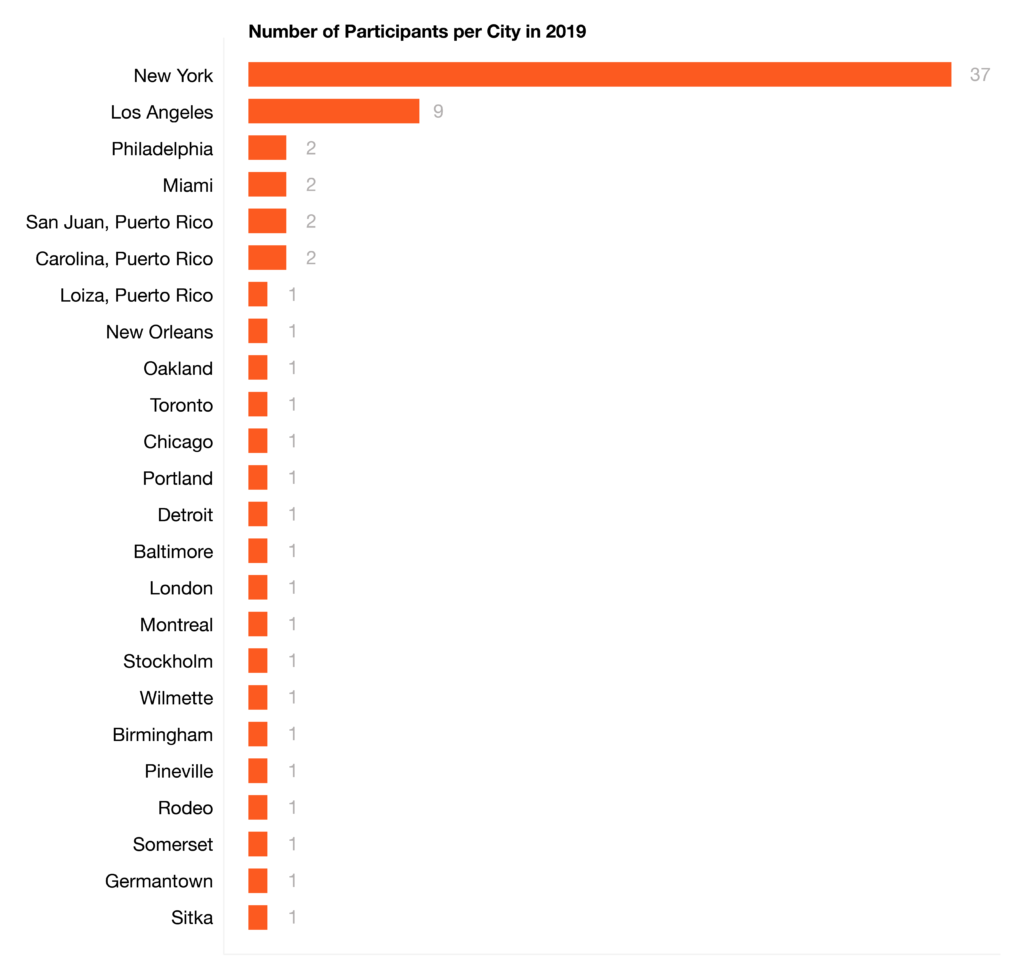
Most artists in the 2019 Whitney Biennial live and work in New York, or New York and one other city. © artnet News. Graphic by Lucas Albrecht.
Artists living and working in New York dominate this year’s biennial: of the 74 artists included in the show, just over 51 percent (a total of 38) work in the Big Apple, or move between New York and another city (for artists working in New York and another place, the other place is not represented in our chart). Los Angeles is the second-best represented city, but only eight artists (nearly 11 percent of the total) work in La La Land. A handful of cities, including Philadelphia and Miami, are represented by two artists each.
But Middle America is mostly flyover territory in this year’s biennial. Chicago, Detroit, and New Orleans—the third, 23rd, and 50th most populated cities in the country—have each contributed only one artist each to the show.
On the one hand, these statistics reflect the fact that New York remains the capital of the contemporary art world, with the greatest concentration of museums, galleries, and support structures in the country. Yet the New York art world remains insular, and the growth of art communities in cities such as Detroit (where space for artists and dealers is cheaper and more plentiful) isn’t accurately reflected in the 2019 Whitney Biennial.
A handful of artists in this year’s edition live abroad, and three of them—Thirza Cuthand, Caroline Monnet, and Jenn Nkiru—were also born outside the US. Cuthand and Monnet were born and live in Canada, and Nkiru was born and works in London.
